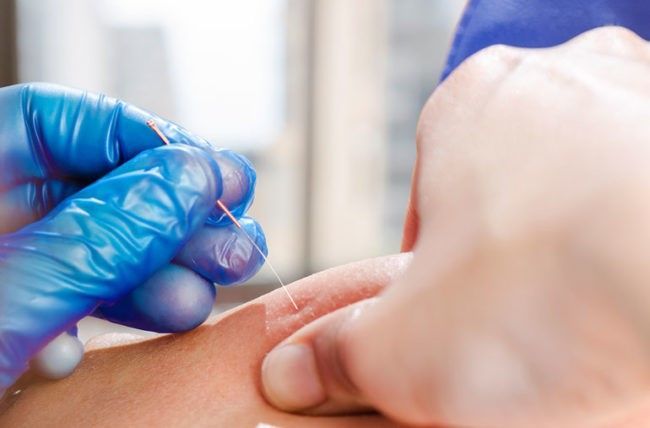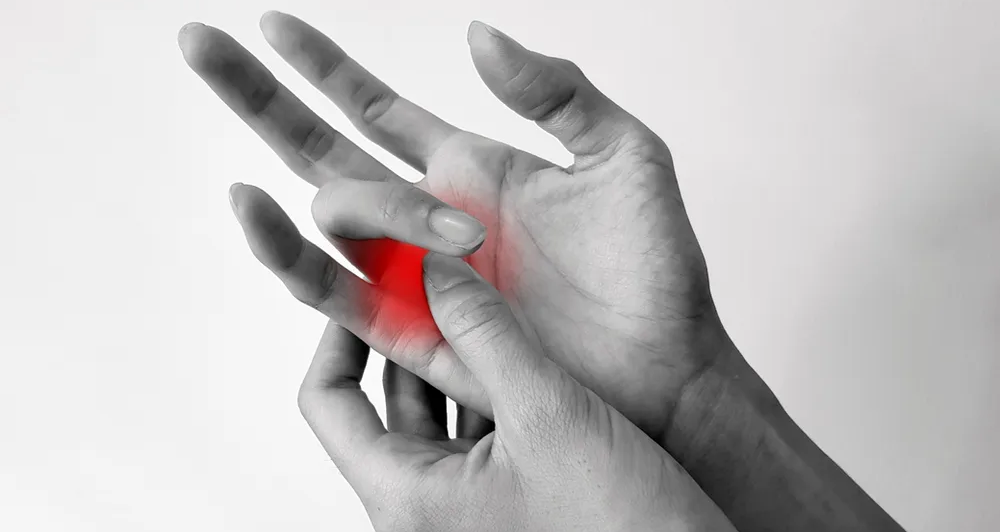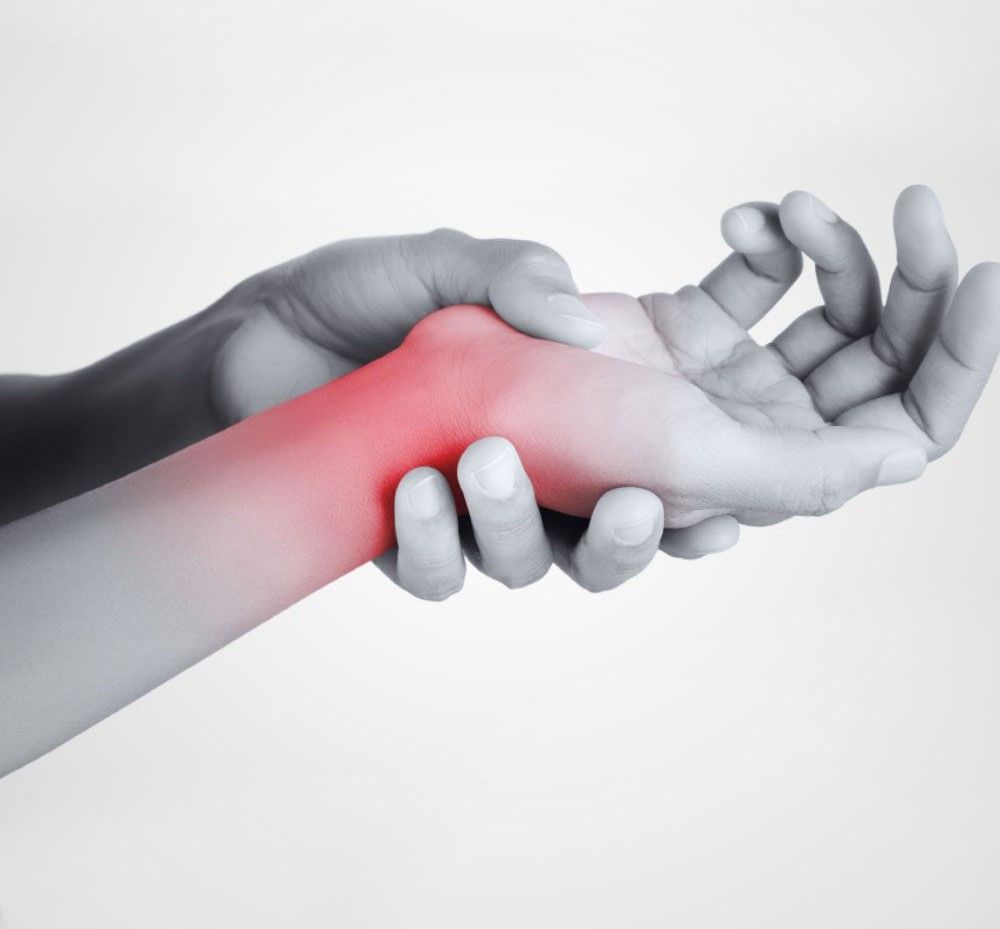Cervicogenic Headaches
Cervicogenic Headaches
Headaches are a very common problem experienced by all and it is quite unusual not to have at least an occasional headache. There are many types of headache but it is thought cervicogenic headaches are the most common. This is the medical term used to describe headaches arising from a problem in your neck. The good news is that by working on your neck, symptoms can be alleviated. Headaches are normally harmless, although at times can be a pointer for serious pathology. Which is why it is important to seek advice from a trained medical professional to ensure nothing sinister is missed.
What causes my neck headache?
There can be many drivers responsible for your neck headache. The most common includes musculoskeletal structures such as the upper three cervical joints and surrounding muscles. Neurovascular structures can also be involved. Any irritation of these structures can send a pain signal to the trigeminocervical nucleus (TCN) which is a region of the upper cervical spinal cord. The information is then transmitted to the brain and interpreted as a headache.
Let’s explore these in more detail
Upper neck joints: the most common areas of dysfunction tend to be around C0-1, C1-2 and C2-3. These areas can be either hypomobile (too stiff) or hypermobile (move too much). Once an area becomes stressed too much, this can trigger pain signals to the brain and cause a headache.
Neck muscles : there are several muscles originating in the upper neck and shoulder area which can contribute to your neck headache. The most common reason these are symptomatic is most likely down to muscle weakness. This muscle weakness can cause overload and lead to feelings of tightness and muscle fatigue. It will eventually place further demand on the passive structures such as the joints.
Nerves: the cervical athend occipital nerves are the nerves can become symptomatic through direct irritation or compression, commonly from age related changes and or a cervical disc bulge. This can lead to nerve sensitivity and abnormal neurodynamics.
Symptoms
- Neck stiffness
- Tenderness at the base of the skull
- Headache that radiates from back to front
- It appears worse on one side of your head
- Massage/pressure to base of the skull helps
How can physiotherapy help?
A charted physiotherapist should take a full history and thorough clinical examination to confirm the diagnosis. There a range of treatment techniques which can then be used to help relieve your symptoms.
Exercise based therapy : any weaknesses identified in the examination should be targeted through appropriate strengthening exercises. Mobility exercises can also be given to help reduce the feeling of stiffness.
Manual therapy : stiff joints, namely around the upper three cervical joints can benefit from joint mobilization and soft tissue release on surrounding areas, to help get things moving and feeling a little better.
Good advice : being able to self-manage your condition is an important goal. Therefore, receiving good, honest advice about what to do and what not to do is essential.
More Information
ModernDigital - Donegal Web Design




